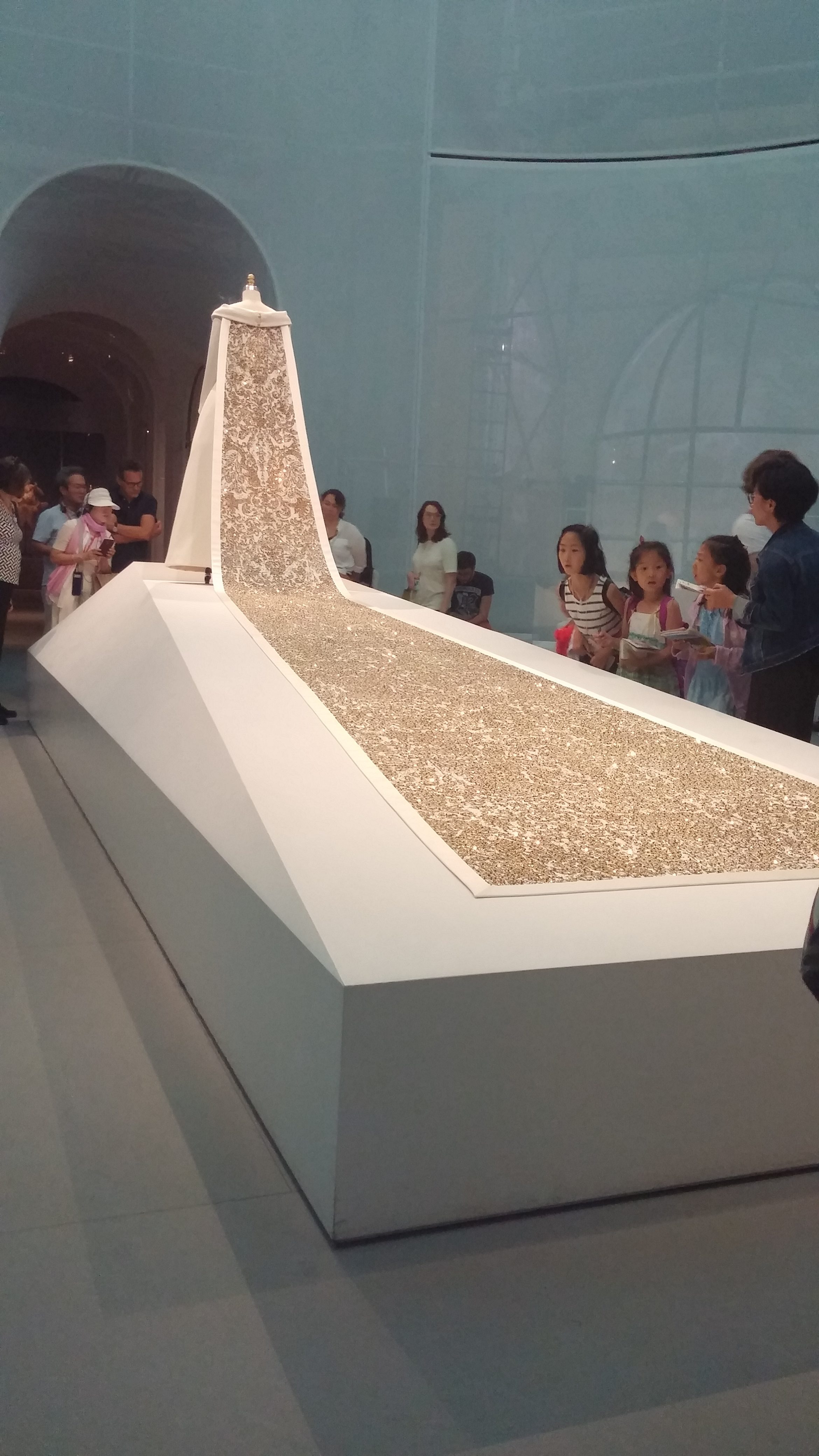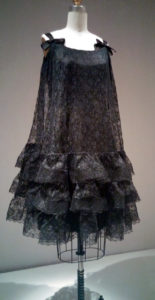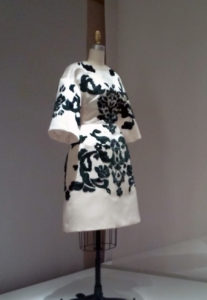They publish things like this:
Writer’s Resources
WATCH OUT: Dangerous Clauses!
(Updated April 2000)
Publishers’ contracts for periodical articles may contain traps for the unwary. If you’re a freelance writer who treats your work as a business, you should never take contracts lightly. Some language to watch out for:“. . .First North American serial rights, which includes also. . .” No. FNA is FNA. It does not include other rights. Don’t read just the contract’s title. Read the whole thing.
“. . .the right to publish, distribute and license others to publish and distribute the article in all its forms [or in any media] . . .“ These words do not spell it out, but they mean you transfer electronic rights along with print rights.“. . .only as part of the issue in which it appears. . .” Sometimes added to electronic-rights clauses in an attempt to make the deal sound like simple archiving of an entire publication, for which the author should claim no further income. But whether your article stands with or without other material from the issue in which it first appears, the publisher will earn perpetual royalties from its continued use, generally payable according to how many times computer users “buy” your particular article. So should you.
“. . .for educational or research purposes only. . .” Same problem: Publishers can make a lot of money peddling your article for educational or research purposes. It’s your property; so should you.“. . .the nonexclusive right. . .” This may sound OK, but it often isn’t. Any right –Exclusive or nonexclusive –must be paid for and must be paid for appropriately. You should receive at least 50% of the gross revenue or a fair percantage of the original fee for each usage that occurs as a result of the publisher’s sublicensing or reuse of your work. (The editor of an Australian magazine who loves your piece is going to call the U.S. publisher, who will make the deal; you’ll never know. And if you approach the Australian editor yourself, he may well ask for a month’s exclusivity in Australia; you won’t be able to provide it. Because your publisher in the US may be selling it to the Australian’s competitor, you lose the sale. In market terms, “nonexclusive” wipes you out. Exclusive or nonexclusive, if the publisher wants the right, you ought to have separate compensation for that license.)
“. . .you will be paid at our then standard rate. . .” Would you give someone an option to buy your car at an indefinite future date and let the buyer set the price at that time?“. . .use the article and your name, biography and likeness for promotion and advertising of the publication. . .” Brief excerpts of the article, maybe. The whole article? No. Advertising copywriters are paid for their work. If your work is put to this additional use, you should be paid too. No serious professional photographer would say, “Sure, you can use my photo in the magazine and also put it in your ads, in your direct-mail pieces and on promotional electronic services.”
Making contracts more equitable can mean adding as well as deleting. For example, two smart additions to the rights clause: Make it “First North American English language print serial rights. . . .”
“All rights not expressly transferred herein are reserved by the author.”“. . .if the publisher, in its sole discretion, rejects the article. . .” Could be that your editor changes her mind; a new editor (or the advertising department) changes the direction of the magazine; the competition beats you to the punch; or your interview subject dies. In any of those cases, a piece may be killed through no fault of yours, and you see only a kill fee of perhaps 25 cents on the dollar. Too much of the risk is on your part. You should offer to revise a piece if the editor explains what’s wrong and how to fix it. But the kill fee should not kick in unless your article falls short of what was agreed upon in your Proposal and the editor’s assignment letter. If your work is professionally competent and suitable for publication, you should be paid the full fee promised.
“. . .publisher may revise, edit, augment, condense or otherwise alter the work. . .” Careful with “augment”; you don’t want to be responsible for what someone else writes. And always make sure editing is done with your approval or, at least, consultation. Publisher should agree to provide galleys sufficiently in advance of publication to permit correction of any errors. If editing changes result in an unsolvable dispute, you should have the right to withhold your byline. It’s your name.“. . .you warrant that the work is original, never before published; that you are the sole owner of the work; that the work is not libelous, obscene or otherwise in contravention of law and does not violate the proprietary right, privacy or any other right of any third party. . .” No problem with the first two sections (through “sole owner of the work”); you should be able to stand behind your work’s originality and your ownership of it. But can you honestly and fully warrant the rest—that your article won’t violate any laws anywhere? It should be a publisher’s responsibility, not yours, to have a lawyer check for libel. Obscenity laws are based on community standards; are you acquainted with local standards in every community in the nation or around the world. The last section can only be warranted “to the best of your knowledge.”
“. . .you will indemnify and hold harmless the publisher against any and all claims or actions based on a breach or alleged breach of the above warranties. . .” No author ought to assume a giant financial risk that properly belongs to the publisher. Certainly, you should not agree to cover the publisher for a mere claim or an action based on an alleged breach. If you are to be held liable at all, it should be only for a proven breach, “by judgment alone sustained,” so that you don’t wind up paying the bill for your publisher’s settlement of a baseless nuisance suit. Neither should you agree to pay half the defense costs if you are proven innocent. If you do nothing provably wrong, the risks of publishing should belong to the publisher. You’re a writer. If you wanted to take on the risks of publishing, you’d be a publisher.“. . .any action alleging a breach of this agreement must be brought in the state or federal courts of [publisher’s home turf]. . .” If you get stiffed for your fee, kill fee or expenses and want to take the publisher to small claims court, you’ll have to travel to the publisher’s state. Will the court award you travel expenses and payment for the extra time required? Good luck.
From: http://www.asja.org/pubtips/clauses.php ©2007 ASJA, All Rights Reserved
Share on Facebook
























